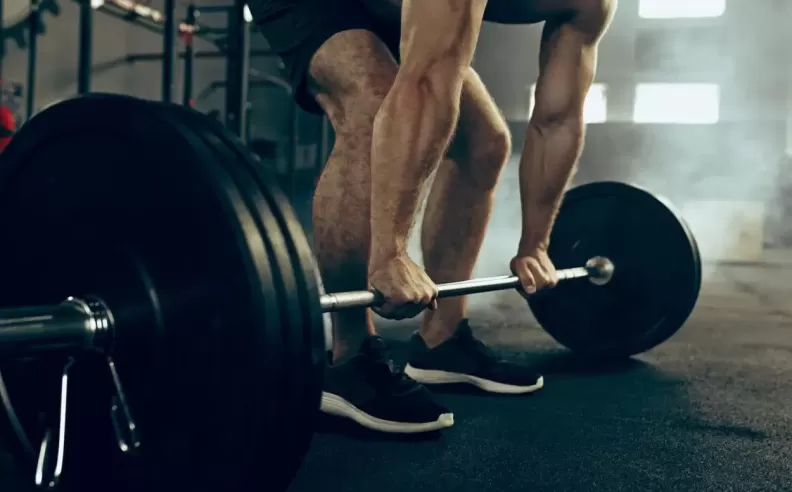
For years, fitness enthusiasts have debated whether to start with cardio or weightlifting. Some argue that beginning with cardio enhances endurance, while others believe that lifting weights first preserves strength and power. The best approach depends on understanding how each sequence affects performance and fitness goals.

Performing resistance training before cardio ensures that muscles are at their peak strength during weightlifting. If the goal is to build muscle or improve strength, lifting weights first allows for optimal energy levels when performing compound movements like squats, deadlifts, and bench presses. Studies have shown that doing cardio before strength training can reduce muscle power, increase fatigue, and lead to diminished performance, potentially raising the risk of injury.
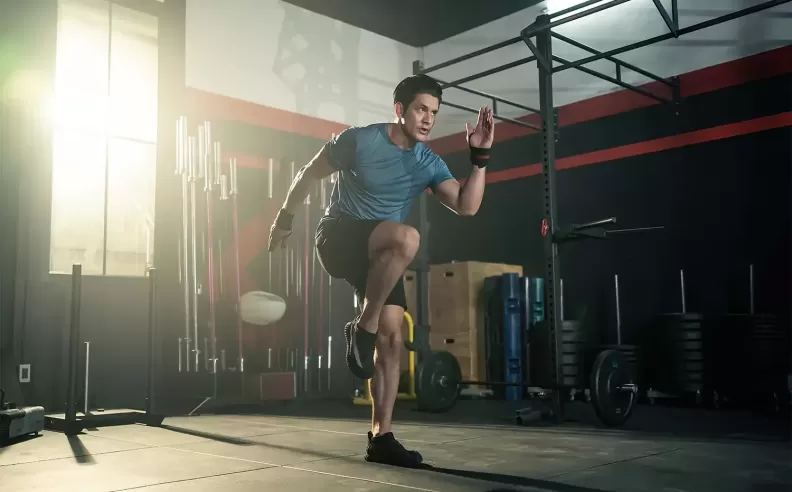
If the primary goal is to improve cardiovascular endurance such as running, cycling, or swimming starting with cardio might be more beneficial. This approach allows the body to focus on enhancing endurance before muscle fatigue sets in from weightlifting. However, excessive cardio before lifting can decrease movement efficiency and increase injury risks, so it’s important to balance the intensity of both workouts.
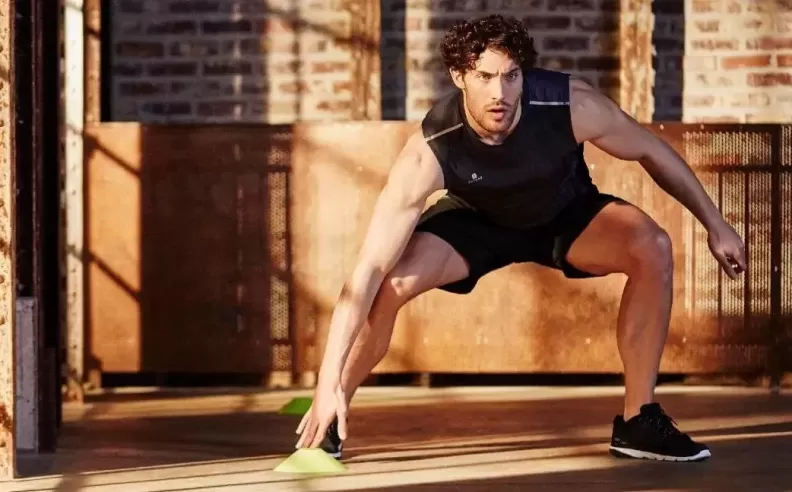
To achieve a well-rounded fitness routine, it’s best to distribute cardio and strength training throughout the day. Performing weight training in the morning and cardio in the evening can prevent excessive fatigue. If both workouts must be done in the same session, allowing a rest period of two to eight hours between them helps maintain performance quality for both.
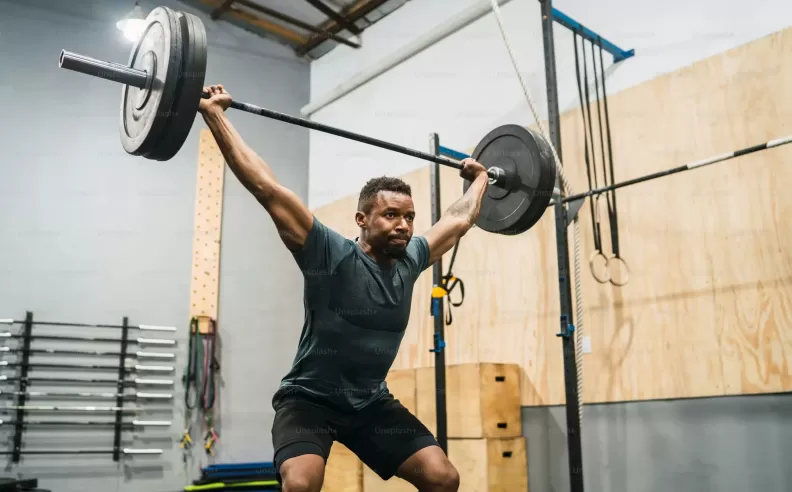
Contrary to common belief, doing cardio after lifting does not necessarily hinder muscle growth. In fact, short-duration or high-intensity interval training (HIIT) can complement strength training without negatively affecting gains. Proper nutrition, including adequate calorie intake and protein consumption, plays a crucial role in preserving muscle mass when combining cardio with weightlifting.
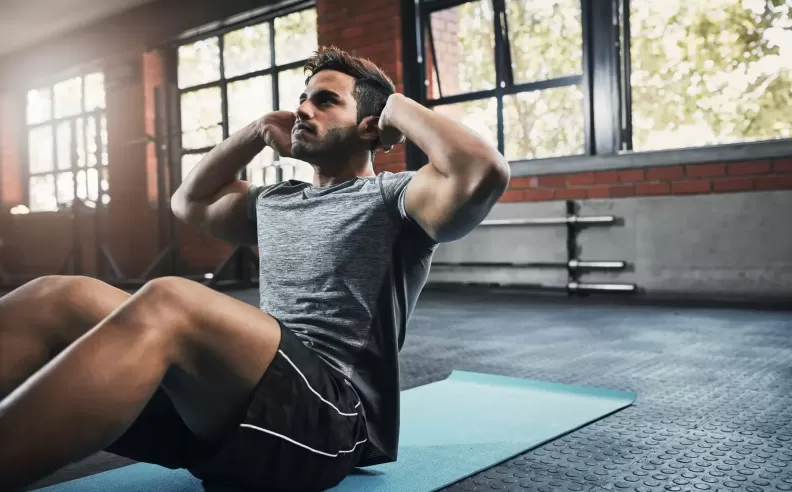
The optimal workout sequence depends on individual fitness objectives. Understanding how each approach impacts the body allows for a strategic and effective exercise plan that maximizes results.

Started my career in Automotive Journalism in 2015. Even though I'm a pharmacist, hanging around cars all the time has created a passion for the automotive industry since day 1.
